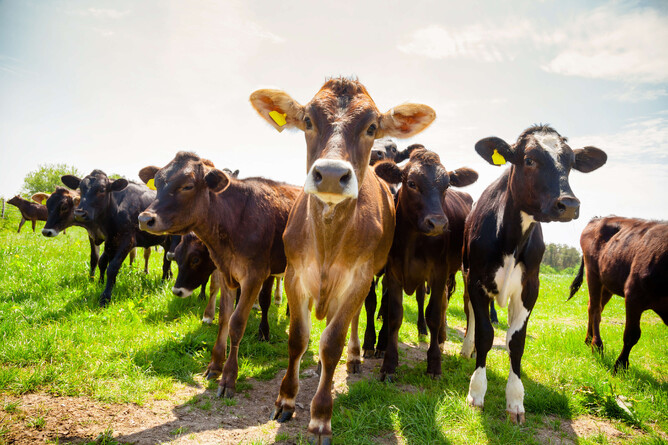Warm and moist… good conditions for grass growth and also for gastrointestinal worm production. If calves are grazing, they are also picking up worm larvae and they don’t have any immunity gastrointestinal worms. This immunity develops over 18 months to 2 years. However, the calves generally do not need to be drenched until the majority of their feed intake has been grass for about 3 weeks, or about 3 months old, often coinciding with weaning.
Some ways to lower the intake of worm larvae are to graze the paddocks with older cattle. Easy enough to do on a dairy farm or another species, take a cut of silage and use the paddocks for crops. Don’t graze the paddocks too low with the weaned calves, not only will they have easier pickings but infective larvae are usually in the lowest 1-2.5 cm of the pasture and there is a higher concentration closer to the cow pats.
Below are some tips for drenching:
Do:
Use an oral combination drench - talk to our experienced team for the best options for your farm.
Check the calibration of your drench gun before you start. Give it a clean and oil the seals with cooking oil.
Weigh your calves, or use a weight tape, and drench to the heaviest in the line. If there is a large variance in size, divide into groups of a similar size.
Drench your calves every 4 weeks.
Don’t:
Mix drench into milk or drench near the calfeteria. This can give inaccurate and variable dose rates. Drenches are made to be slowly absorbed from the rumen. When calves are sucking the milk bypasses the rumen and goes straight into the abomasum speeding up absorption. Either effect can lead to toxicity or death.
Give us a call at the clinic if you have any questions. If we don’t have what you want on the shelf, we can have the product here the next day.

